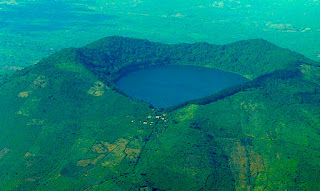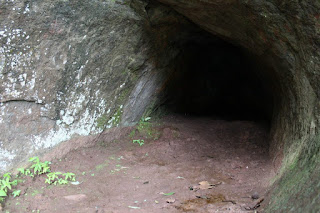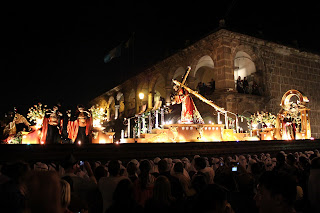Central America is filled with a variety of volcanoes scattered across the lands, bringing rich nutrients to each country as well as entices the physically active to hike them. In Guatemala, there is a unique volcano where families spend their weekend picnicking- inside the crater.
Volcán Ipala is a stratovolcano located in Eastern Guatemala in the municipality of Ipala, Chiquimula, near the town of Agua Blanca, in the department of Jutiapa. It has a 1,000 metres (3,300 ft) wide summit crater which contains a crater lake (Lake Ipala), whose surface lies about 150 m (500 ft) below the crater rim.
Ipala Volcano has a beautiful lagoon in its crater whose waters are crystal clear and deep blue, measuring approximately 600 meters in diameter. Many families take boat rides on the lagoon & kids swim in the designated beach area. There is also a look-out point above the crater to see its entirety as well as the scenery of Agua Blanca & Chiquimula.
The volcano has the shape of a large cone. It is sparsely vegetated except in its summit and around the lake. There is a closed forest which consists of cypress trees, oaks and parasitic plants.
There is a small cave near the water called "La Cueva de Leona," which means 'The Lioness Cave' because a Lioness was found in it some years ago. You have to climb a wooden ladder to get a peek into the small cave.
Families enjoy their weekends inside the Ipala Volcano relaxing. There are picnic areas, a souvenir shop, and even a soccer field where families can play together. Avid hikers who wish to spend more than a day will be glad to know there are bungalows and camping areas. You can hike up to the lake along a scenic trail (about two hours) but if you’ve got a high-clearance vehicle you can drive to Ipala Lake as well. Make sure it's a 4x4 because you literally drive over rocks & dirt, no cement. The road up from the town of Agua Blanca is steep, rutted and rocky. Parking is usually 20Q. There is an entrance fee into the park which is usually 50Q.





















